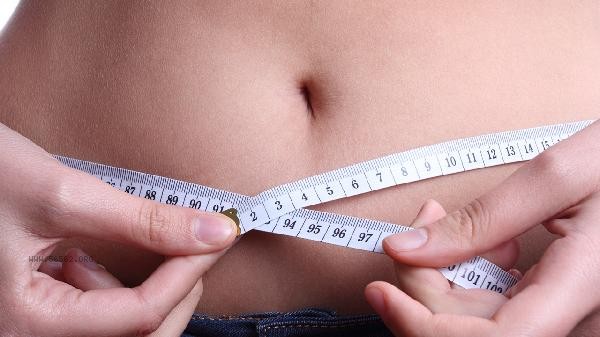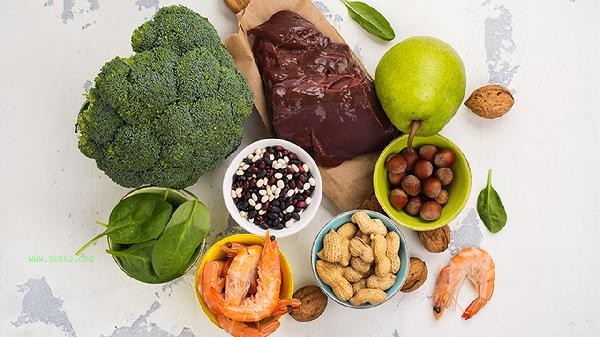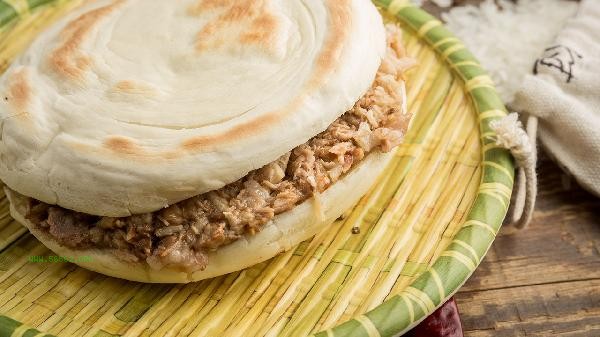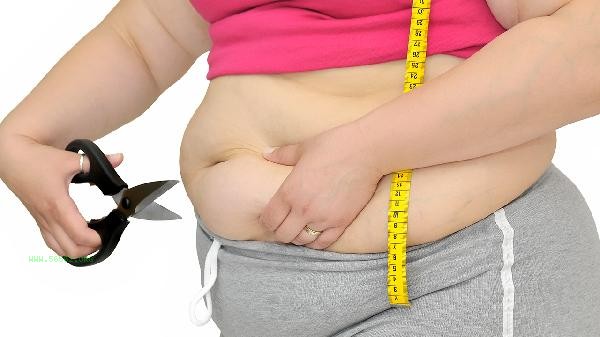It is normal for the weight to remain unchanged for several days during the weight loss bottleneck period, which is usually related to factors such as metabolic adaptation, water retention, and muscle growth. Breaking through the bottleneck period can be achieved by adjusting dietary structure, changing exercise patterns, optimizing sleep schedules, managing stress levels, monitoring body circumference, and other methods.

1. Adjust dietary structure
Reduce the proportion of carbohydrate intake appropriately and increase the intake of high-quality protein and dietary fiber. Protein can be selected from low-fat and high protein foods such as chicken breast, fish, and soy products. Dietary fiber can be supplemented through broccoli, oats, and other sources. Avoid invisible calorie intake, such as controlling the amount of seasoning sauces, nuts, etc. An appropriate amount of carbohydrates can be replenished once a week to help maintain basal metabolic rate.
2. Changing exercise patterns
Long term single aerobic exercise can easily lead to adaptability in the body. Suggest incorporating resistance training such as squats, plank supports, and other composite movements, or attempting high-intensity interval training. The exercise sequence can be adjusted to strength first and then aerobic. The weekly exercise plan should include 2-3 training sessions for the large muscle group, with a 48 hour recovery time after each session.
3. Optimize sleep schedule
Lack of sleep can lead to a decrease in leptin secretion and an increase in ghrelin levels. Ensure 7-8 hours of high-quality sleep every day and try to fall asleep before 23:00. Avoid using electronic devices 2 hours before bedtime and engage in light stretching or meditation. Regular sleep patterns help regulate cortisol rhythms and improve insulin sensitivity.

4. Managing stress levels
Long term stress states can promote sustained secretion of cortisol, which can easily lead to abdominal fat accumulation. Autonomic nerve function can be regulated through stress reducing activities such as mindfulness breathing and yoga. Schedule 15-20 minutes of relaxation time every day to avoid using weight numbers as the sole criterion for evaluation. Record non weight changes such as waist circumference reduction, improvement in exercise ability, and other positive indicators.
5. Monitor body circumference
Muscle density may increase during weight stagnation, and it is recommended to measure waist circumference, hip circumference, and other indicators weekly. Use a body fat scale to monitor changes in body fat percentage, or compare body shape improvement through fitness photos. Women need to pay attention to the impact of their menstrual cycle on their weight, and pre menstrual edema is a normal physiological phenomenon.

Breaking through the weight loss plateau period requires comprehensive lifestyle adjustments. It is recommended to maintain diet records and exercise logs, identify problems in a timely manner, and make targeted improvements. Avoid extreme dieting or excessive exercise, as these methods may damage basal metabolism. If there is no change in weight and no improvement in circumference after 3 weeks, you can consult a nutritionist to adjust your dietary plan. It is advisable to lose weight at a rate of 0.5-1 kg per week, as rapid weight loss can lead to rebound. Cultivating sustainable healthy habits is more important than short-term weight loss numbers, as long-term persistence is necessary to achieve an ideal body shape.








Comments (0)
Leave a Comment
No comments yet
Be the first to share your thoughts!